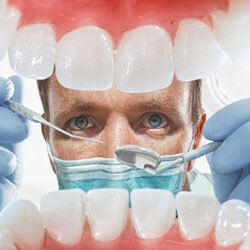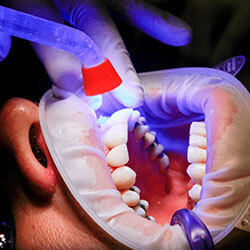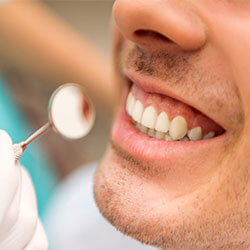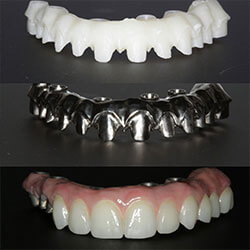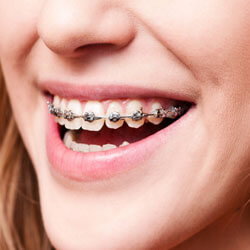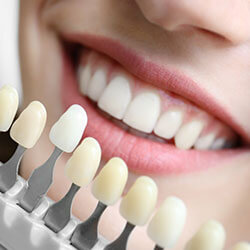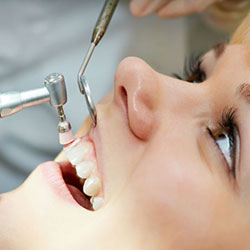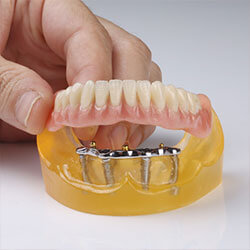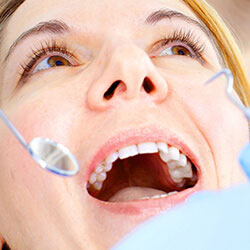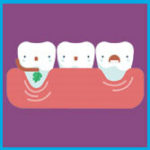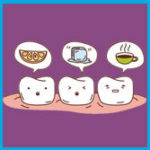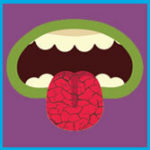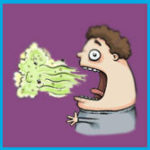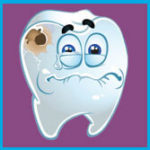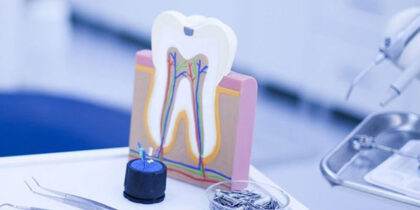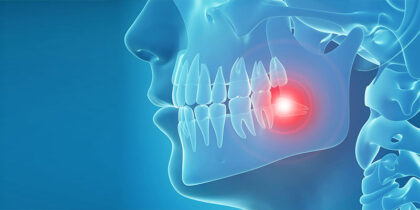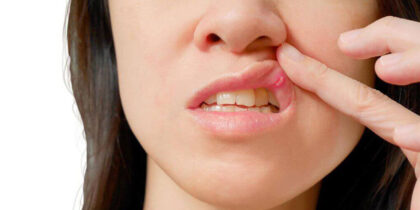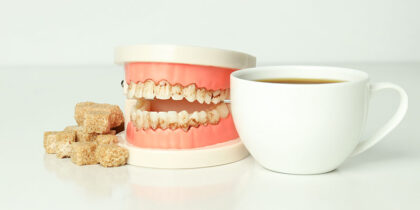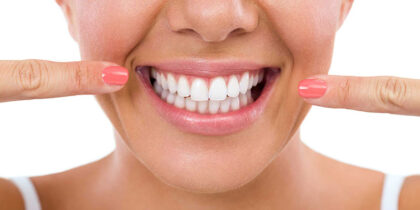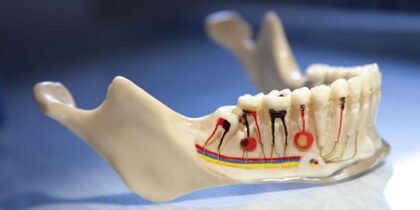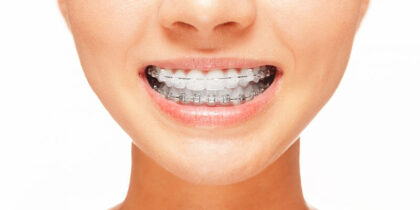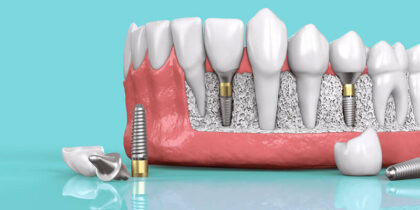A dental extraction is the removal of teeth from the dental alveolus in the alveolar bone. Extractions are performed for a wide variety of reasons, but most commonly to remove teeth which have become unrestorable through tooth decay, periodontal disease, or dental trauma, especially when they are associated with toothache. Sometimes wisdom teeth are impacted and may cause recurrent infections of the Gum (Pericoronitis). In orthodontics if the teeth are crowded, sound teeth may be extracted to create space so the rest of the teeth can be straightened. The decision to extract teeth for orthodontic reasons should only be made by an orthodontist, so the correct decision is made.
Reasons for Extracting a Tooth
As mentioned above, there can be a variety of reasons for extracting a tooth.
Trauma or Disease
In both of these situations, we can try to save the tooth in several ways. The damaged tooth might need a full-coverage crown, a root canal treatment, or both. But sometimes even these methods are not enough to keep the tooth functioning well and looking good; it might be better to remove the tooth and replace it with a strong and lifelike dental implant.
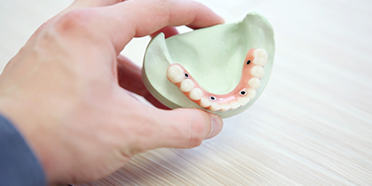
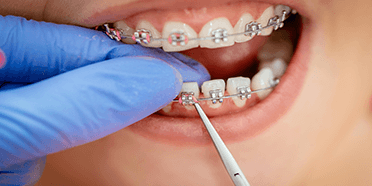
Orthodontic Treatment
Teeth are sometimes extracted when there are too many of them for the size of the dental arches (jaws), a situation known as crowding. After an adequate amount of space is opened up through the extraction of one or more teeth, the remaining teeth can be aligned properly. The teeth most frequently removed for orthodontic reasons are the first premolars, which are right next to the eyeteeth (canines).
Impacted Wisdom Teeth
Early removal of impacted wisdom teeth can prevent damage to neighboring healthy teeth, bone, gum tissue, even nerves and blood vessels. If an impacted wisdom tooth is in a bad position, it’s best to remove it before its roots are fully formed.
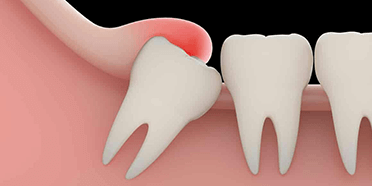
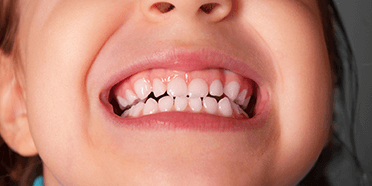
Baby Teeth
If a baby tooth is out of position or not lost in the right sequence, the permanent tooth underneath it might not erupt normally. In this case, removing the baby tooth could prevent a need for orthodontic treatment later on.
Process of Extracting a Tooth
Before scheduling the procedure, the dentist will take an X-ray of your tooth. Be sure to tell your dentist about any medications you take, as well as vitamins, supplements, and over-the-counter drugs.
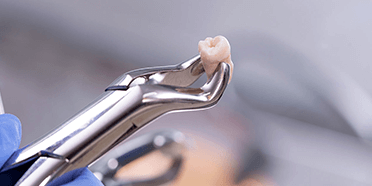
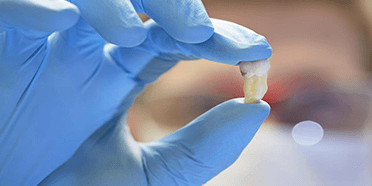
Simple Tooth Extraction
Simple tooth extraction involves the removal of a tooth that is visible in the mouth. This could mean removing a badly damaged or decayed tooth or removing teeth prior to getting braces. General dentists can do simple tooth extractions. When you undergo a simple tooth extraction, you will receive local anesthesia. In addition, some dental professionals administer anti-anxiety medication or use conscious sedation for simple cases of pulling teeth. In most cases, over-the-counter pain medication is sufficient for pain management after these procedures.
Surgical Tooth Extraction
Surgical tooth extraction is an operation by an oral surgeon involving the removal of teeth that are not visible in the mouth, because they have not come in or because the tooth has broken off. Individuals with special medical conditions may receive general anesthesia when pulling teeth involving surgery. You may also receive prescription pain medication for use immediately after surgical teeth-pulling procedures.
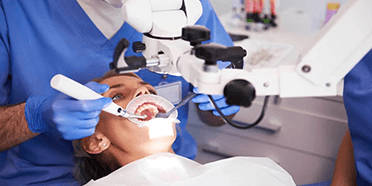
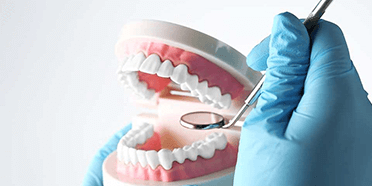
Extraction After Care
Your dentist or surgeon will give you tooth extraction after-care instructions that explain how to ensure full healing of the wound. To save yourself the pain and swelling that can result from an infected or inflamed wound, follow the instructions exactly as written.
Frequently Asked Questions (FAQ)
What is Tooth Extraction or Minor Oral Surgery?
A tooth extraction is the removal of a tooth. Dentists and oral surgeons remove teeth for various reasons like Dental Cavities, Gum Disease, Dental Infections, Trauma or Injury to the Tooth or Surrounding Bone, Wisdom Teeth Complications, Preparation for a Dental Prosthesis, Preparation for Dental Braces, If the Teeth are Very Crowded, Baby Teeth not falling out at the proper age.
Do Tooth Extraction hurt?
Typically, during a tooth extraction procedure, sedation is administered to the patient to make them feel relaxed and comfortable. Also, many teeth that are subjected to extraction have nerves that are dead or dying, which means that the affected tooth may not be able to send pain signals out.
What are the options for Tooth Extraction or Minor Oral Surgery?
If teeth break through the surface of the gums and are coming in straight, then we can remove them with traditional extraction techniques. Traditional techniques involve pulling the tooth out after we numb the area surrounding the tooth. If the tooth is impacted or has yet to break through the surface of the gums, surgical extractions are necessary. In this case, the gum tissue will need to be cut open to expose the tooth.
How Are Teeth Extracted?
The first part of the process is to provide a local anesthetic to ensure that the area is numbed, reducing the risk of discomfort. Then the dentist will cut away any gum or bone around the tooth to provide a large surface area for the forceps to grip onto. Next, they will use the forceps to rock the tooth backward and forwards until they release it from the bone.
What is the recovery period like?
Directions to Shanti Dentals From Rohini
1. Rohini
New Delhi, Delhi
2. Follow Bhagawan Mahavir Marg to Sector 11
13 min (6.9 km)
3. Turn right
2 min (1.1 km)
4. Turn left onto HL Parwana Rd →Pass by Venus Apartments (on the right)
1 min (650 m)
5. Turn right onto Shaheed Colonel Guruveer Singh Sarna Marg →Pass by Prashant Vihar Police Station (on the left in 600m) 4 min (1.0 km)
6. Turn left onto B5 Rd 13 s (71 m)
7. Continue on Pvr Prashant Vihar Road to your destination in Prashant Vihar 5 min (1.0 km)
8. shanti dentals – Dentist in Rohini, Delhi
A-12 / FF, Opp. Lancercs School, Prashant Vihar, Sector 14, Rohini, Delhi, 110085
Dental Treatment
Dental Problem
Gum Disease
The very first stage of gum disease is called gingivitis, which is the only stage that is reversible….
Missing Teeth
Did you know that the average adult between the ages of 20 and 64 has three or more decayed or missing teeth?….
Sensitivity
If hot or cold foods or drinks make you wince, you may have a common dental problem—sensitive teeth….
Smelling Breath
Bad breath, also called halitosis, it can be embarrassing and in some cases may even cause stress….
Facial Swelling
Facial swelling is one of the symptoms that rarely go unnoticed and may affect the whole face….
Crooked Teeth
Your mouth might be too small for your teeth, which crowds the teeth and causes them to shift….
Enamel Degradation
Enamel Degradation is characterised by very round and noticeably discoloured enamel surfaces….
Jaw Joint Disorder
Temporomandibular Joint Disorder, involves a dysfunction of the similarly named joint….




